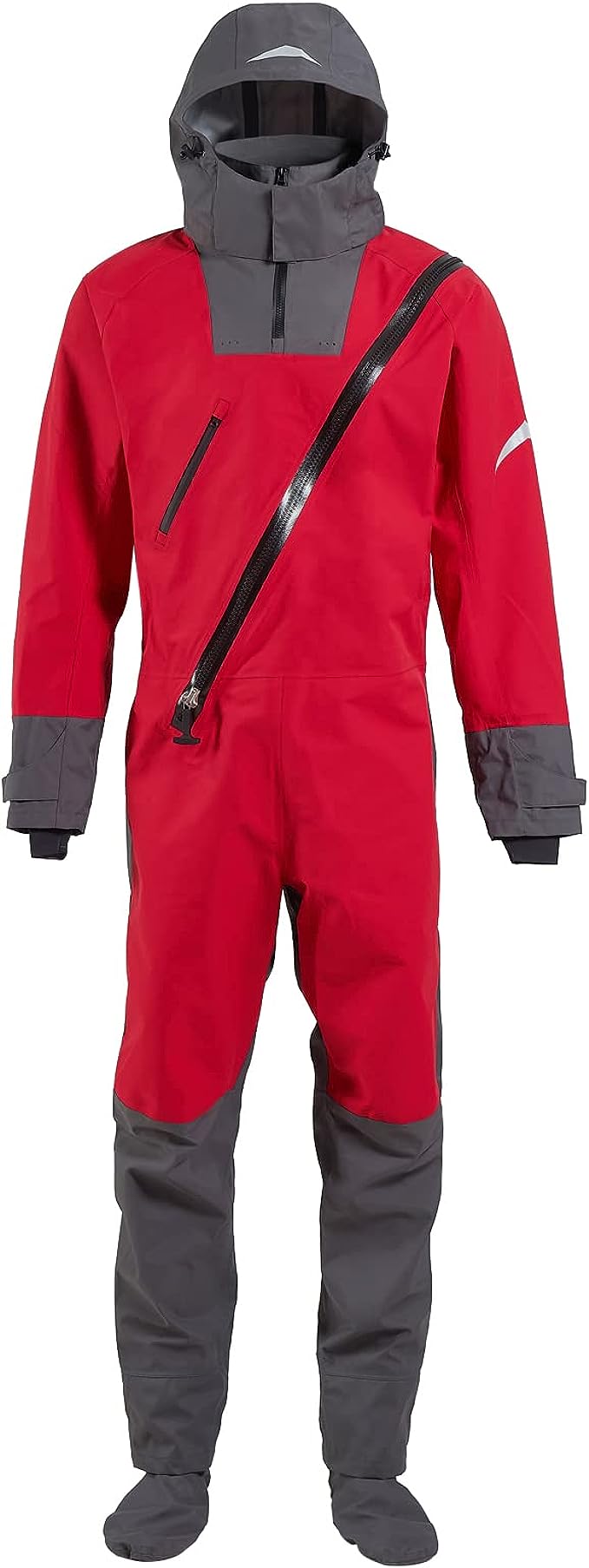Dinghies provide a simple and relatively cheap introduction to sailing, without the expense of yachts or the lengthy learning process of windsurfing. You can be going solo in a dinghy within an hour of stepping into one for the first time, and the only fitness required is an ability to swim.
Dinghy sailing is for all ages, shapes and sizes, and can be single-handers for those who like their independence, or as part of a two-man team in a slightly larger boat. There are even dinghies (skiffs) with crews of up to eight people.
Dinghies are no longer the preserve of those who enjoy wood maintenance and repair, or those who don’t want to go fast. Developments in the last few years have resulted in many new classes, with new materials allowing lightweight, low maintenance fibreglass boats to zip along in the lightest of winds and provide howling performance when the breeze gets up.
Use of racks and trapezes allow sailors to control greater sail areas without the need for super fitness levels or expenditure of vast sums. The invention of the asymmetric spinnaker (an extra sail for the front, supported on a pole that extends from the boat) provides blistering performance off the wind without all the confusion of poles and lots of ropes. These new ‘skiff’ craft are fun for all ages and sizes, easy to right and minimal in their maintenance requirements. However the older classes still have a strong following, and at most clubs you will see many types of boats on the water, from a lovingly polished Enterprise, to a fast and simple Laser to a high performance asymmetric boat. The one thing that they have in common is that all the sailors will be having fun.
A dinghy can be defined as a sailing craft which is kept balanced by the use of the body weight of the crew against the force in the sails. This is as opposed to a yacht, which stays upright due to a heavy keel bolted on the bottom. So yes, this means that dinghies are supposed to capsize. This is entirely expected, as a windsurfer would expect to fall off the board occasionally. Dinghies are easy to right without the need for assistance from a rescue craft, and a capsize generally means no more than a few minutes delay.
Dinghy sailing is a great sport and pastime and can cater for all requirements. It need not be expensive. A good sailing dinghy can be purchased for a couple of hundred pounds. Add to this club fees and sailing clothing and you could be sailing for less then £400. This may seem a large initial outlay but boats depreciate very little and it is common to get a couple of years use out of a boat and sell it for the same amount you paid for it.
All ages and abilities can enjoy sailing. Dinghies come in all types of styles. If you want a boat to enjoy a quiet days sailing on with the kids then you can buy a stable, slow dinghy. If, on the other hand, you want more speed and excitement then there are plenty of sailing dinghies that fit the bill!
Many clubs do stage dinghy racing but dont let this put you off. Most of these clubs will happily let you potter about too. The first sight of dinghy racing which often looks like organised chaos can be off putting for the newcomer. Don’t worry we have all been there. Once you have overcome the first hurdles of handling a sailing dinghy and actually getting the thing to go where you want, racing around a set course can help develop your skills and give you something to aim for.
-
 Buy productQuick View
Buy productQuick ViewVzkak Dry Suits for Men in Cold Water Front Zip,Kayaking Equipment, with Adjustable Hood,Red
£396.50Buy productQuick View -
 Buy productQuick View
Buy productQuick ViewHelly Hansen Mens Crew Midlayer Jacket
£105.44Buy productQuick View -
 Buy productQuick View
Buy productQuick ViewGul Mens Code Zero Stretch U-Zip Drysuit Dry Suit With Con Zip
£479.95Buy productQuick View -
 Buy productQuick View
Buy productQuick ViewOsprey Men’s Full Length 3 mm Summer Wetsuit
£36.99Buy productQuick View -
 Buy productQuick View
Buy productQuick ViewSeagull Azure Waterproof BREATHABLE Spray Top
£42.99Buy productQuick View
